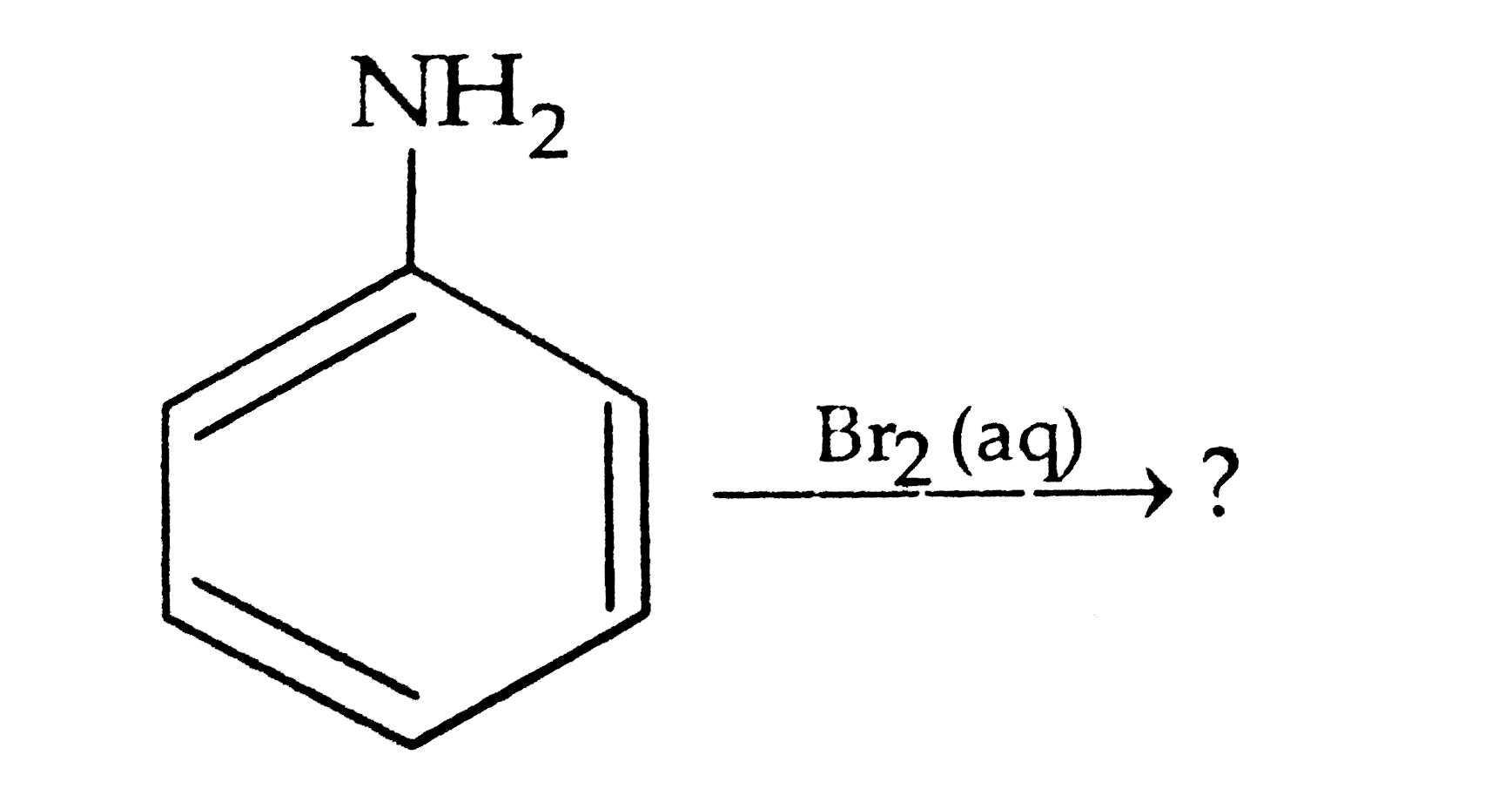What is the n- factor for the phenol in the following reaction?
phenol(NH4)2Cr2O7−−−−−−−−→ ?
The correct Answer is:D
To determine the n-factor for phenol in the given reaction with ammonium dichromate \((NH_4)_2Cr_2O_7\), we need to analyze the changes in oxidation states of the elements involved in the reaction. Here’s a step-by-step solution:
Step 1: Write the chemical equation
The reaction involves phenol (\(C_6H_5OH\)) being oxidized by ammonium dichromate. The overall reaction can be simplified as follows:
\( C_6H_5OH + (NH_4)_2Cr_2O_7 \rightarrow C_6H_5O_2 + \text{other products} \)
Step 2: Identify the oxidation states
- In phenol (\(C_6H_5OH\)), the hydroxyl group (\(-OH\)) has an oxidation state of -1 for oxygen and +1 for hydrogen.
- The carbon atoms in the aromatic ring have an oxidation state of 0.
- In the product (\(C_6H_5O_2\)), the oxidation state of the oxygen in the carbonyl group (\(C=O\)) is -2, and the carbon connected to the hydroxyl group will have a higher oxidation state.
Step 3: Determine the change in oxidation state
In the oxidation of phenol to its oxidized form, the carbon atom in the hydroxyl group is oxidized. The change in oxidation state can be summarized as follows:
- The phenolic carbon (from \(C_6H_5OH\)) goes from an oxidation state of 0 to +1 in \(C_6H_5O_2\).
- Each phenolic carbon that is oxidized contributes to the overall electron transfer.
Step 4: Calculate the total number of electrons transferred
For the oxidation of phenol to occur, we need to account for the total number of electrons transferred. In this case, we can see that:
- Each molecule of phenol loses 4 electrons during the oxidation process.
Step 5: Conclusion
Thus, the n-factor for phenol in this reaction is 4, as it corresponds to the total number of electrons lost during the oxidation.
Final Answer
The n-factor for phenol in the reaction with ammonium dichromate is 4.
---
The reaction involves phenol (\(C_6H_5OH\)) being oxidized by ammonium dichromate. The overall reaction can be simplified as follows:
- In phenol (\(C_6H_5OH\)), the hydroxyl group (\(-OH\)) has an oxidation state of -1 for oxygen and +1 for hydrogen.
- The carbon atoms in the aromatic ring have an oxidation state of 0.
- In the product (\(C_6H_5O_2\)), the oxidation state of the oxygen in the carbonyl group (\(C=O\)) is -2, and the carbon connected to the hydroxyl group will have a higher oxidation state.
In the oxidation of phenol to its oxidized form, the carbon atom in the hydroxyl group is oxidized. The change in oxidation state can be summarized as follows:
- The phenolic carbon (from \(C_6H_5OH\)) goes from an oxidation state of 0 to +1 in \(C_6H_5O_2\).
- Each phenolic carbon that is oxidized contributes to the overall electron transfer.
For the oxidation of phenol to occur, we need to account for the total number of electrons transferred. In this case, we can see that:
- Each molecule of phenol loses 4 electrons during the oxidation process.
Thus, the n-factor for phenol in this reaction is 4, as it corresponds to the total number of electrons lost during the oxidation.
The n-factor for phenol in the reaction with ammonium dichromate is 4.
Topper's Solved these Questions
- REDOX REACTIONSBOOK - CENGAGE CHEMISTRY ENGLISHCHAPTER - REDOX REACTIONSEXERCISE - Archives (Single Correct )
16 Videos
- REDOX REACTIONSBOOK - CENGAGE CHEMISTRY ENGLISHCHAPTER - REDOX REACTIONSEXERCISE - Archives (Integers)
1 Videos
- REDOX REACTIONSBOOK - CENGAGE CHEMISTRY ENGLISHCHAPTER - REDOX REACTIONSEXERCISE - Exercises (Assertion-Reasoning)
15 Videos
- PURIFICATION OF ORGANIC COMPOUNDS AND QUALITATIVE AND QUANTITATIVE ANALYSISBOOK - CENGAGE CHEMISTRY ENGLISHCHAPTER - PURIFICATION OF ORGANIC COMPOUNDS AND QUALITATIVE AND QUANTITATIVE ANALYSISEXERCISE - Assertion Reasoning Type
5 Videos
- S-BLOCK GROUP 1 - ALKALI METALSBOOK - CENGAGE CHEMISTRY ENGLISHCHAPTER - S-BLOCK GROUP 1 - ALKALI METALSEXERCISE - Archives Subjective
8 Videos
Similar Questions
Knowledge Check
Which substance is serving as a reducing agent in the following reaction?
14H++Cr2O2−7+3Ni→2Cr3++7H2O+3Ni2+ACr2O2−7BNiCH+DH2O
What is the value of n in the following equation :
Cr(OH)−4+OH−→CrO2−4+H2O+ne?
View SolutionThermal decomposition of (NH4)2Cr2O7 involves.
View SolutionWhich of the following is produced during the following reaction ?
CO(g)+H2575K−−−−−−→ZnO,Cr2O3 ……?
View SolutionComplete the following reaction: (NH4)2Cr2O7Δ−−→
View SolutionWhat are the species X and Y in the followingX+H2O→H2Cr2O7OH−−−→Y
View SolutionCalculate the n- factor of reactants in the given chemical changes?
(a) K2Cr2O7H+−−→Cr+3
View SolutionCalculate the n-factor of reactants in the given reactions.
(b) FeC2O4→Fe3++CO2
View Solution

